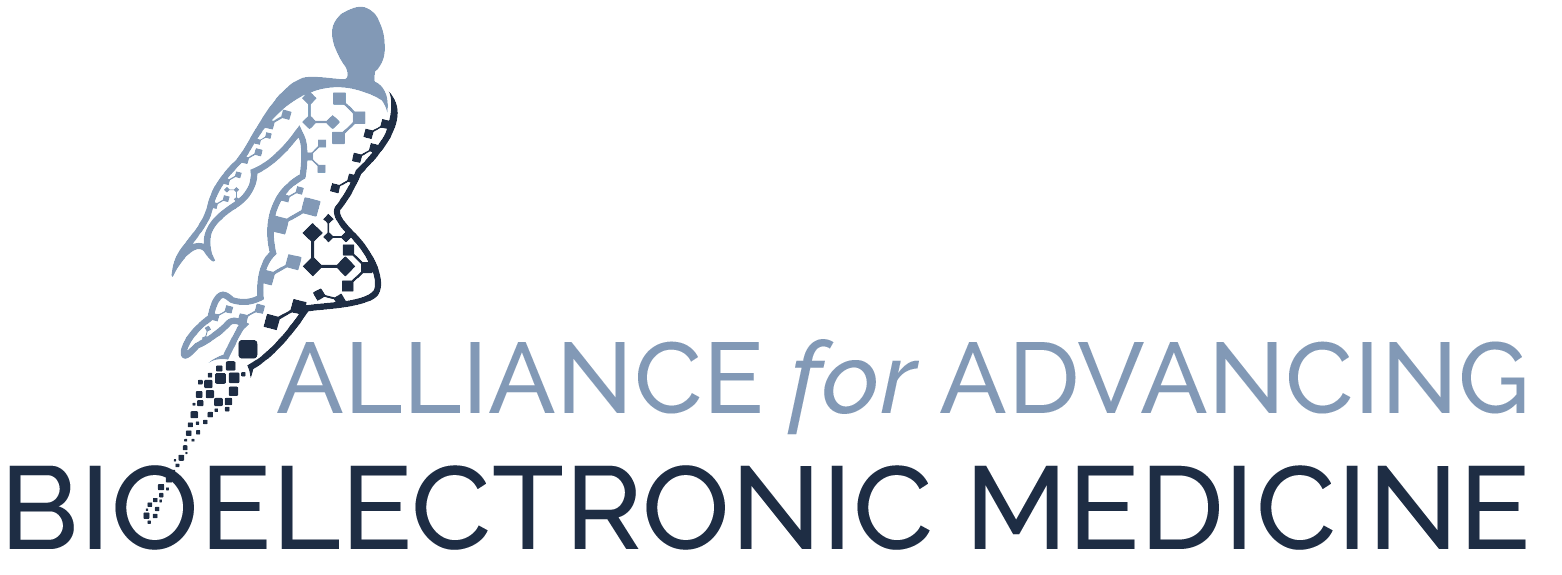What Is Bioelectronic Medicine?
Bioelectronic medicine is one of the most innovative and exciting fields in healthcare, with the potential to transform diagnosis and care for millions of people suffering from a range of diseases. These treatments can provide important advantages, harnessing the body’s own natural mechanisms to address the core causes of disease and deliver advances in areas of unmet need.
“Bioelectronic medicine today reminds me of the early years of the biotech and computer networking industries, when few recognized the long-term potential for solving unmet needs and changing people’s lives. Bioelectronic medicine is similarly poised to produce some of the most important innovations of our time—if we can continue to grow a dynamic ecosystem for research, investment, and scientific progress.”



